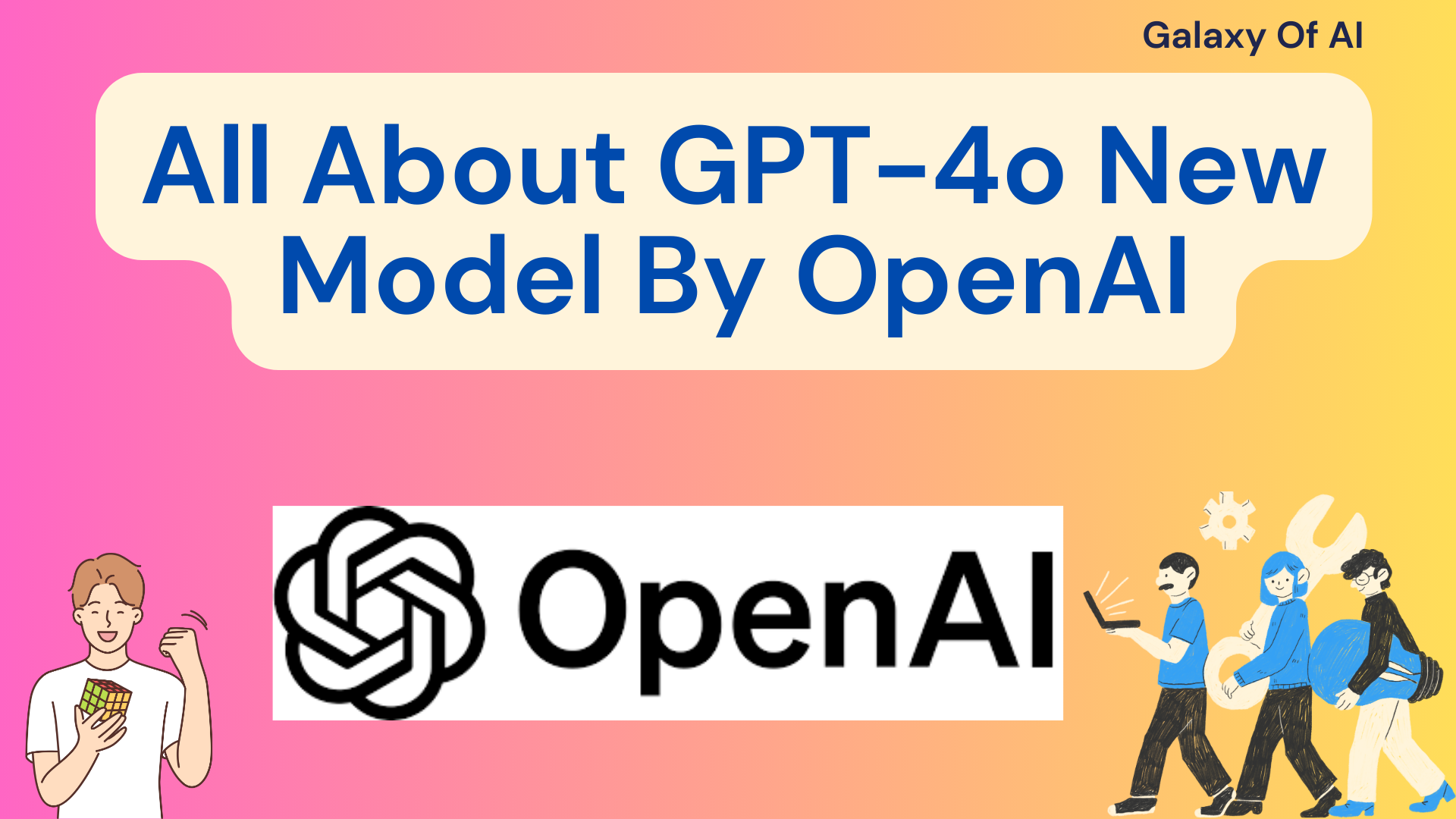Hello Learners…
Welcome to the blog…
Table Of Contents
- Introduction
- All About GPT-4o New Model By OpenAI
- What Is GPT-4o?
- What GPT-4o Can Do?
- GPT-4o Model Capabilities & Limitations
- Model GPT-4o safety and limitations
- Summary
- References
Introduction
In this post, we provide information all about GPT-4o, new text, voice, and vision model by OpenAI.
What Is GPT-4o?
GPT-4o (“o” for “omni”) is new flagship model a step towards much more natural human-computer interaction.
All About GPT-4o New Model By OpenAI
Introducing GPT-4o and making more capabilities available for free in ChatGPT.
OpenAI announcing GPT-4o, their new flagship model that can reason across audio, vision, and text in real time.
What GPT-4o Can Do?
GPT-4o (“o” for “omni”) is a step towards much more natural human-computer interaction.
GPT-4o accepts as input any combination of text, audio, and image and generates any combination of text, audio, and image outputs.
It can respond to audio inputs in as little as 232 milliseconds, with an average of 320 milliseconds, which is similar to human response time(opens in a new window) in a conversation.
It matches GPT-4 Turbo performance on text in English and code, with significant improvement on text in non-English languages, while also being much faster and 50% cheaper in the API.
Model GPT-4o is especially better at vision and audio understanding compared to existing models.
GPT-4o Model Capabilities & Limitations
GPT-4o, we could use Voice Mode to talk to ChatGPT with latencies of 2.8 seconds (GPT-3.5) and 5.4 seconds (GPT-4) on average.
To achieve this, Voice Mode is a pipeline of three separate models: one simple model transcribes audio to text, GPT-3.5 or GPT-4 takes in text and outputs text, and a third simple model converts that text back to audio.
This process means that the main source of intelligence, GPT-4, loses a lot of information-it can’t directly observe tone, multiple speakers, or background noises, and it can’t output laughter, singing, or express emotion.
With GPT-4o, they trained a single new model end-to-end across text, vision, and audio, meaning that all inputs and outputs are processed by the same neural network.
Because GPT-4o is their first model combining all of these modalities, they are still just scratching the surface of exploring what the model can do and its limitations.
Model GPT-4o safety and limitations
GPT-4o has safety built-in by design across modalities, through techniques such as filtering training data and refining the model’s behavior through post-training.
They have also created new safety systems to provide guardrails on voice outputs.
